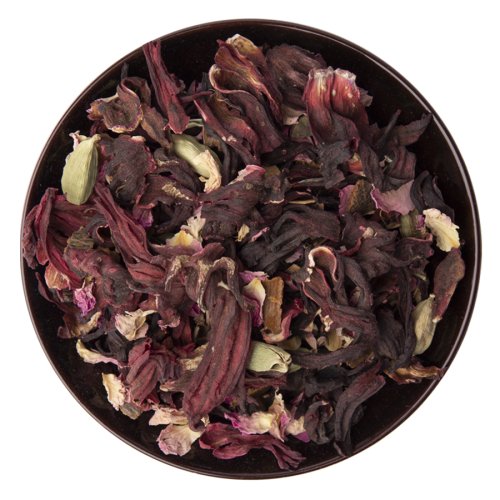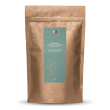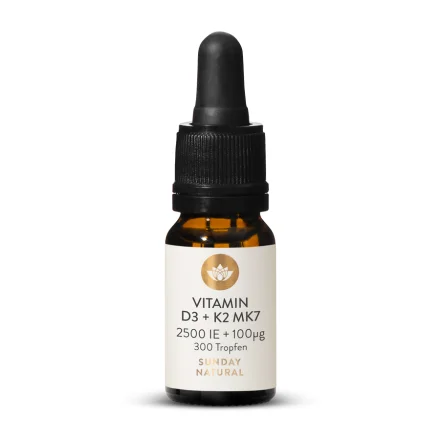Hibiscus
Hibiscus (Hibiscus L.), also known as red mallow or African mallow, is native to the tropics and subtropics. Its cooling character has given it a firm place in traditional herbalism, and it has also become irreplaceable ingredients in classic fruit teas.
Cinnamon
The cinnamon tree (Cinnamomum zeylanicum) is a laurel plant native to Southeast Asia and is known for its many applications. The Egyptians used it for embalming as early as 2000 BC, and it has also been used in China and India for millennia to treat all kinds of ailments. The cinnamon tree has to grow for several years before the trunk is cut. The young shoots are cut and peeled after 2 years, before it curls into the distinctive cinnamon stick shape.
Cardamom
The Malabar cardamom (Elettaria cardamomum (L.) belongs to the ginger family and has its origins in south-western India. It was brought to Europe by the Romans around 2,000 years ago and is one of the most expensive spices in the world. Other growing countries are Tanzania, Madagascar, Papua New Guinea and Vietnam.
Rose
The rose (Rosa centifolia) is a true Persian; Iran has the most rose varieties today. We owe today's rose diversity in Europe to Charlemagne, who initiated the cultivation of the rose as a fragrant and useful plant. It is not merely a symbol of love; for both the Greeks and the Chinese held its qualities in high esteem.
















